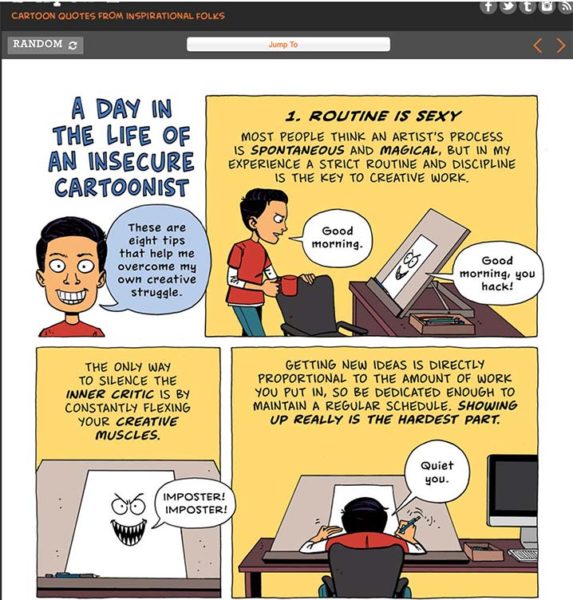Artsjournal.com linked to a Washington Post story about all the psychological considerations some movie theater operators are factoring into re-opening their spaces for screenings. To paraphrase one of those interviewed, there may be a whole series of conditions that have to be met to admit audiences, but you don’t want people to feel like they are undergoing an airport screening just to see a movie.
An owner of a movie chain in Omaha has decided to rely on a mix of subtle imagery and social proof:
One conclusion: Leaning in to safety messaging is a surefire way to turn off customers.
“If you’re leading off the pitch with ‘It’s so clean you’re not going to get sick’ then you’ve already lost the argument,” said Barstow, whose company is about to open a new Omaha location. Instead of talking about disinfectant and distancing, he says, he believes it more effective to roll out traditional marketing that slips in the requisite information — an image of a shiny lobby with an employee in the background who just happens to be wearing a mask, for instance.
“You let people know you’re taking care of them, but very subtly,” he said.
Barstow said he and his daughter, who runs the company’s marketing operation, have discovered that the best weapon for luring customers might be not what the theater is doing at all — it’s the sight of other customers.
[…]
“Seeing someone like a mom bring her three kids to a matinee is I think going to be the best tool to make people feel comfortable about coming themselves.” Of course, he acknowledges, such events need to happen organically, captured instead of contrived on social media.
At my venue, we had already been planning to start showing movies in late July before our governor added live performance venues alongside movie theaters as places that are allowed to hold events. One of the major points of concern for employees was whether customers would wear masks. We weren’t sure how forceful we could be, but the recent decision by the AMC movie theater chain to make masks mandatory gives us a little more support, regardless of how insistent we decide to be.
One interesting observation from the Washington Post article I hadn’t really considered was the importance of having mask wearing staff communicate reassurance with their eyes and posture since the rest of the face won’t be visible. In this, perhaps the performing arts have a competitive advantage.
“You have to train staff how to reassure customers with their eyes, because no one will be able to see their mouths,” said Barstow, who is mandating employees wear masks.
“Maybe,” he mused, “we should hire local drama students.”



Thanks for what you are doing to bring cultural change to the arts. It is so important to represent everyone.…